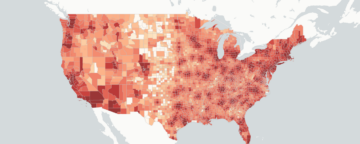Annenberg Public Policy Center research on the smoking habits and risk perceptions of young people was cited in a federal court decision last week that concluded that cigarette makers had engaged in a half-century conspiracy to deceive the public about the dangers of smoking.
That deception has resulted in “an immeasurable amount of human suffering,” according to the Aug. 17th ruling by U.S. District Judge Gladys Kessler, of the federal court for the District of Columbia. The 1,742-page decision detailed the history of the tobacco industry and its marketing strategies.
Although the judge ordered cigarette manufacturers to change marketing practices, she rejected a government request — part of the landmark 1999 lawsuit against the tobacco industry — to force the industry to fund a multibillion-dollar antismoking and education program.
In her decision, Judge Kessler cited the results of a 2000 national survey of adolescents and adults conducted by Daniel Romer and Patrick E. Jamieson, of APPC’s Adolescent Risk Communication Institute in collaboration with Paul Slovic of the University of Oregon. The findings buttress the argument that young smokers do not fully appreciate the harmful consequences they will experience after addiction to tobacco has set in. And that young smokers overestimate the likelihood that they will be able to quit smoking.
The resulting analyses were published the following year in a book, Smoking: Risk, Perception and Policy, edited by Slovic (Sage Press).
“In sum,” wrote Judge Kessler,” the research and expert testimony demonstrate that most youth, at a time when they are deciding whether to start smoking, have a very inadequate understanding of the medical consequences, physical pain, and emotional suffering which results from smoking and the unlikelihood of their being able to quit smoking at some future time.”

